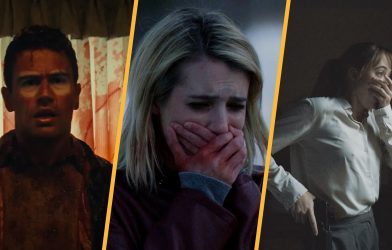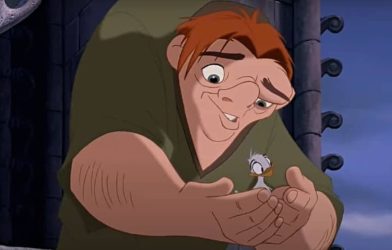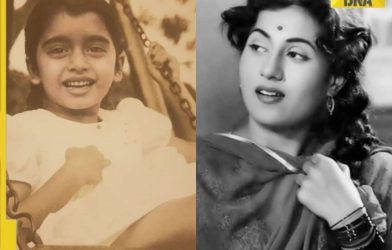His character, who is a father of five daughters, comes across a girl who is locked away at a convent and the story continues from there.
“It is a very seemingly simple story but it is an incredibly complex tale,” he told the Vinny & Cate show on BBC Radio Ulster.
“If you think about Ireland then, the Kerry babies were in ’84, the moving statues was in ’85, there was no abortion and no divorce and maybe not even contraception so it was a completely different landscape,” he said.
“We are deliberately kind of pushing that so it feels like it could be in the ’50s or the ’60s and it’s only when you drop in Come on Eileen or something and you realise we’re actually in 1985.
Murphy said he was surprised that the film was being called “historical” but added: “It shows you how this country has changed since then and these laundries were in operation until 1996, which is kind of hard to fathom.”
At least 10,500 women spent time in a mother-and-baby home from 1922 until that point.
The last institution in Northern Ireland closed only in 1990.









